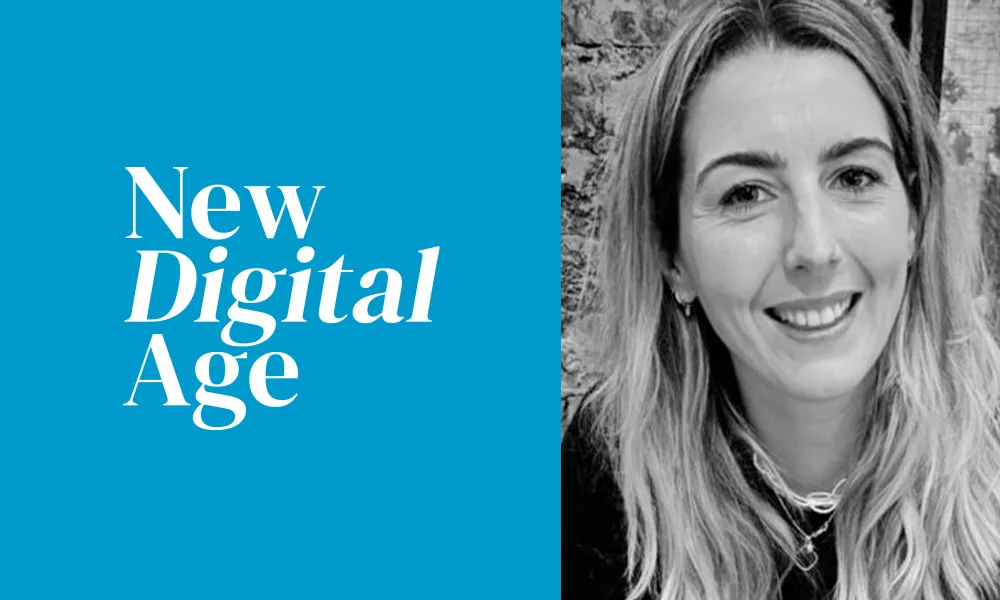Sophie Strong is Managing Partner of Media Experience at PHD UK and NDA’s monthly columnist.
In the media landscape social media is no longer the ‘new normal’, it’s just normal. With over 4.59 billion users of social media platforms across the world, the channel offers significant scale. In the UK alone, it is stated that there are 53 million social media users, that’s almost 80% of our total population! Social media platforms at their core are all about communication and bringing people together. This, to date, has been their biggest strength and has allowed advertisers to build regular communication with their target audiences.
However, the social media platforms are going through a challenging time and are dominating headlines, often for the wrong reasons. This includes areas such as Apple’s IOS14.5 update in April 2021 which wreaked havoc on the platform’s algorithms and resulted in a significant loss of revenue for brands like META.
There has also been a significant focus on platform safety, both for the user and for a brand. Elon Musk’s recent acquisition of Twitter has been a constant focus for media, heightened by the reinstatement of Donald Trump on the platform earlier this month. Alongside this, virtually every partner in the social media space has made recent headlines for mass redundancies, indicating the financial pressures within those business models.
The social media landscape feels like it’s all change, right?
With all this change and upheaval comes new rules and behaviours for advertisers to navigate. As such there is a need for advertisers to pause, reflect and correct as they step into 2023.
The good news, social media platforms still offer a lot of value. We know they offer scale – a scale that is growing annually – but they also offer an engaged audience who are, on average, spending 2 hrs 29 mins daily in the social media space. That’s a lot of time for brands to think creatively about how they can add value and enhance a social media users experience.
There are lots of massive opportunities in the space for brands to be taking advantage of. Examples of how to make the most of these include:
- Start by thinking fewer, bigger, better. The algorithm’s need bigger audiences and more data to truly deliver significant learnings which can help drive more effective performance for your brand. This includes how we think about testing. Quantify the volume needed to build statistically significant learnings and structure tests accordingly. To put this into perspective, META recommends a minimum impression volume of 7 million users when running brand studies.
- Word of mouth is a powerful tool, so make creators your friends. In a recent study from Oberlo it was found that of those surveyed, 61% trusted influencer recommendations vs 38% who would trust branded content. Think about how influencers and creators can tell a more relatable story for your brand.
- Bring your brands to life with virtual and augmented reality. The metaverse is here and augmented and virtual reality in particular presents significant opportunities. A study from GetApp showed augmented reality can increase buyer confidence. 53% of UK consumers are interested in using augmented reality before they purchase. So be playful. Brands like Snap have augmented and virtual reality rooted in their DNA and have incredible talent in their business which can help brands create a robust augmented reality plan, teamed with incredible production capabilities – making it easy to trial augmented reality.
- Social commerce is no longer a trend, it’s a thing. In 2022, it has been estimated that global social commerce sales will sit around $992 billion, and are predicted to grow to $3Trillion by 2026. These are mind-blowing numbers that show the strength social can play in this space. Social commerce encapsulates a range of opportunities in itself – from native shops through to live shopping opportunities. Explore which solution best fits within your brands set up and start testing now.
All of this is easier said than done, and whilst there is a host of new opportunities to tap into, brands should consider a few things as they head into testing unchartered territories:
- Remember not all platforms are equal. Each has a unique point of differentiation and will present different opportunities for different advertisers. Work closely with your agency or in-house social team to explore these and carve out the role they will play for your brands.
- Know your limits. Brand safety risks and integrations vary by platform and placement, so understand these nuances by exploring how different platforms are adhering to GARM’s brand safety and suitability framework. Once aligned, ensure this is reflected in your buying approach.
- Be creative. Capturing attention can be hard, so play around with creative to build those thumb stopping moments.
- Measurement is critical and should underpin everything. Whilst the platforms offer reporting on the core media metrics, think about how macro-tactics like econometrics, incrementality testing or brand studies can help build a greater understanding of true effectiveness.
- Don’t be afraid to test other channels. Social offers a lot of value, but so do the other channels in the media mix. Channels, like the platforms, play different roles and can influence a consumer at different stages of their purchase journey.
Right now, the social media landscape may be under an intense spotlight but there is still a lot of value to be had in this space. Test, learn, be curious and find the best course for your brand as you navigate this ever-changing, complex space.








